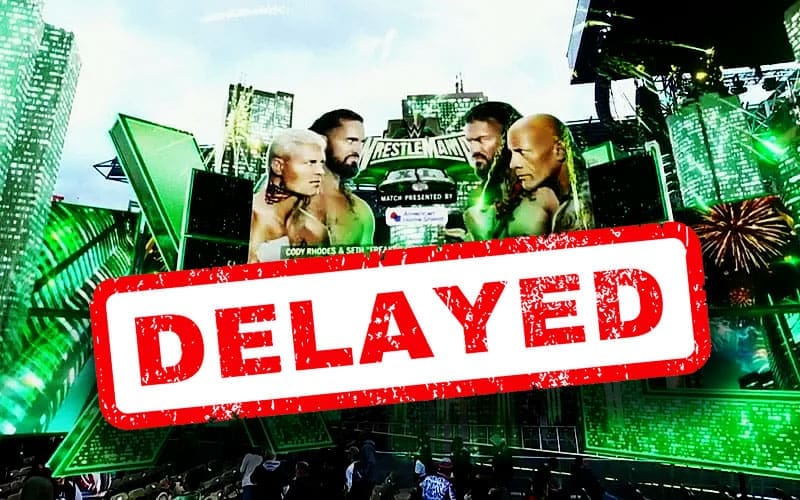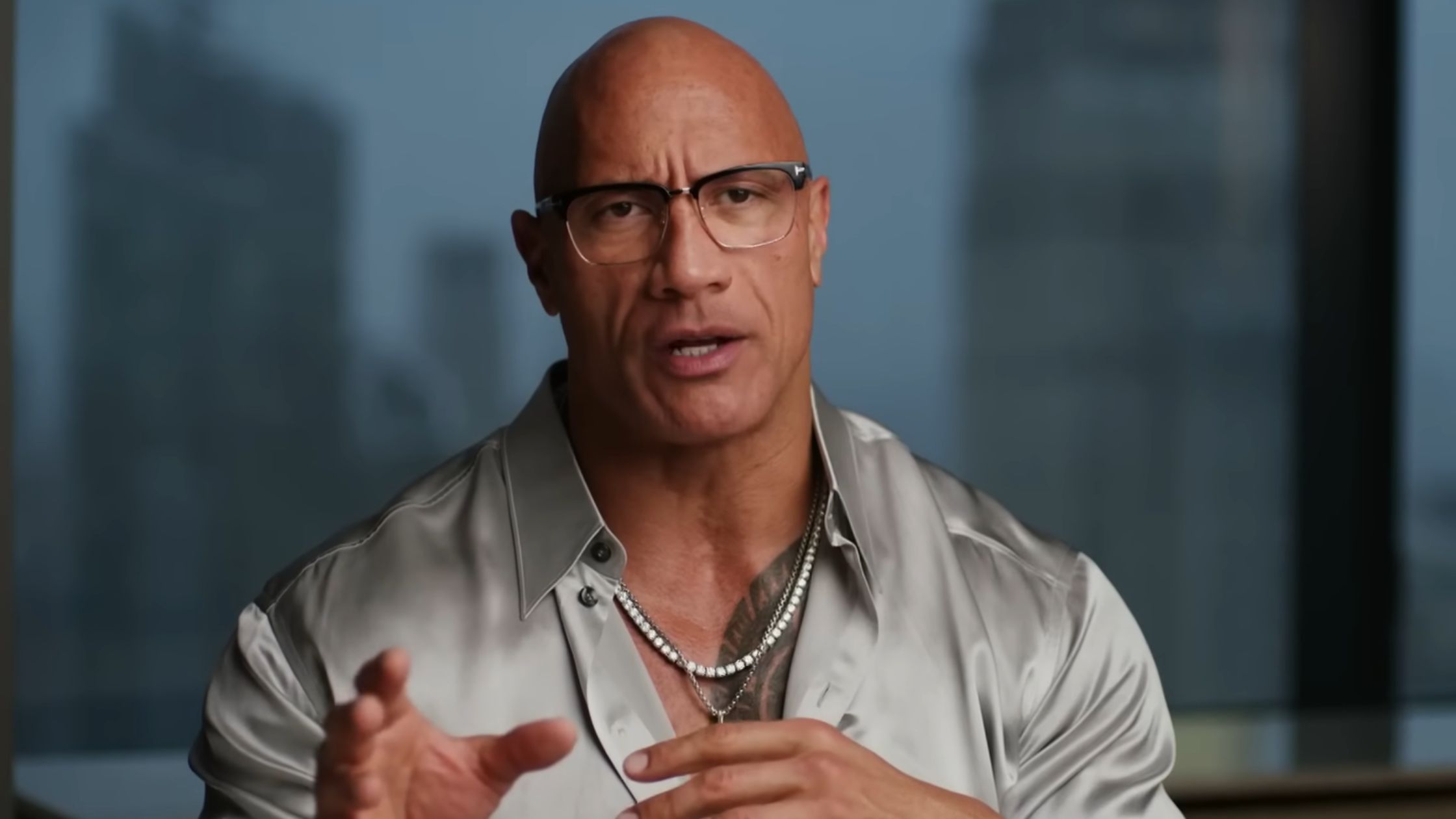WrestleMania is not just a wrestling event; it’s a spectacle that combines sports, entertainment, and pop culture. Since its inception in 1985, WrestleMania has evolved into a global phenomenon, attracting fans from around the world. But what goes into making this grand event? In this article, we will explore the intricate processes, planning, and creativity that make WrestleMania the hallmark of professional wrestling.
The Genesis of WrestleMania

The very first WrestleMania took place on March 31, 1985, at Madison Square Garden in New York City. Conceived by WWE Chairman Vince McMahon, the event was designed to bring mainstream attention to professional wrestling. The idea was revolutionary at the time, as it combined high-stakes matches with celebrity appearances, including Muhammad Ali, Cyndi Lauper, and Mr. T.
Planning and Logistics
Organizing WrestleMania is a monumental task that requires meticulous planning and coordination. The logistics involve multiple departments, including creative, production, marketing, and operations. Here are the key steps involved:
- Venue Selection: The venue is crucial. WrestleMania has been hosted in various locations, from stadiums to arenas. The choice depends on capacity, location, and local market engagement.
- Creative Development: The storyline development process begins months in advance. Writers and creative teams collaborate to build story arcs and rivalries that will culminate at the event.
- Marketing and Promotion: Effective marketing strategies are essential. WWE invests heavily in advertising campaigns, social media promotions, and partnerships to generate buzz.
- Sponsorship and Partnerships: Engaging sponsors and partners adds financial support and marketing leverage, crucial for an event of this magnitude.
- Ticket Sales: Ticket sales strategies are implemented early, often featuring presales and tiered pricing to maximize revenue.
The Creative Process
The creative process behind WrestleMania is where the magic begins. The WWE creative team crafts storylines that not only engage fans but also build anticipation for the matches. Here’s how the magic unfolds:
- Character Development: Wrestlers are often provided with character arcs, allowing them to evolve and engage with the audience on a personal level.
- Storyline Progression: Weekly shows leading up to WrestleMania are used to build storylines, create rivalries, and introduce pre-match confrontations.
- Match Card Creation: The match card is carefully curated to ensure a balance between high-profile matches, championship bouts, and fan-favorite appearances.
Production and Technical Aspects

The production of WrestleMania is akin to a Broadway show, requiring extensive resources and expertise. Several components contribute to the visual and auditory experience:
- Stage Design: The stage is a centerpiece of WrestleMania, often featuring elaborate designs that reflect the theme of the event.
- Lighting and Sound: State-of-the-art lighting and sound systems are deployed to enhance the atmosphere, creating a memorable experience for the audience.
- Broadcasting: WrestleMania is broadcasted live across various platforms, requiring coordination between production teams and network partners.
Celebrity Involvement
One of the unique features of WrestleMania is its incorporation of celebrities. From musicians to actors, celebrity involvement adds an extra layer of excitement and mainstream appeal. Historical examples include:
- Mr. T: One of the first celebrities to participate in WrestleMania I, Mr. T’s involvement helped attract a broader audience.
- Maria Menounos: A recurring guest since WrestleMania XXVII, her appearances have garnered significant media attention.
- Pat McAfee: The former NFL punter turned podcast host has made waves in the wrestling world, contributing to WrestleMania’s popularity.
Fan Engagement
The fans are the lifeblood of WrestleMania. WWE goes to great lengths to ensure fan engagement through various initiatives:
- Fan Access: Events like WrestleMania Axxess allow fans to interact with wrestlers, participate in Q&A sessions, and enjoy exclusive merchandise.
- Social Media Interaction: WWE utilizes platforms like Twitter, Instagram, and TikTok to keep fans engaged with real-time updates and exclusive content.
- Community Involvement: WWE often engages with local communities, allowing fans to feel a part of the broader WrestleMania experience.
Economic Impact

The economic impact of WrestleMania on host cities is substantial. According to a study conducted by the state of Florida, WrestleMania 33 generated approximately $180 million for the local economy. Here are some key points about its economic significance:
- Tourism Boost: WrestleMania attracts thousands of fans from around the world, boosting hotel occupancy, restaurant sales, and local attractions.
- Job Creation: The event creates temporary jobs in various sectors, including hospitality, security, and event management.
- Long-term Benefits: Many host cities see long-term benefits from heightened exposure and subsequent tourism opportunities.
Challenges and Controversies
Despite its success, WrestleMania has faced challenges and controversies over the years. Some notable issues include:
- Injuries: Wrestlers often face injuries that can impact match quality, leading to last-minute changes in the card.
- Controversial Storylines: Some storylines have sparked backlash, prompting WWE to navigate sensitive topics carefully.
- Logistical Challenges: Weather conditions and unforeseen circumstances can create headaches for production teams.
WrestleMania is a testament to the power of creativity, planning, and community engagement in the world of professional wrestling. The event is not just about the matches; it’s about the stories, the production, and the fans who make it all worthwhile. Behind the curtain, a dedicated team works tirelessly to create a spectacle that resonates with millions worldwide. From its humble beginnings to its current status as the biggest wrestling event on the planet, WrestleMania remains a cultural landmark that continues to evolve. As we look forward to future editions, one thing is certain: the heart and soul of WrestleMania will always be the passion that drives it forward.
